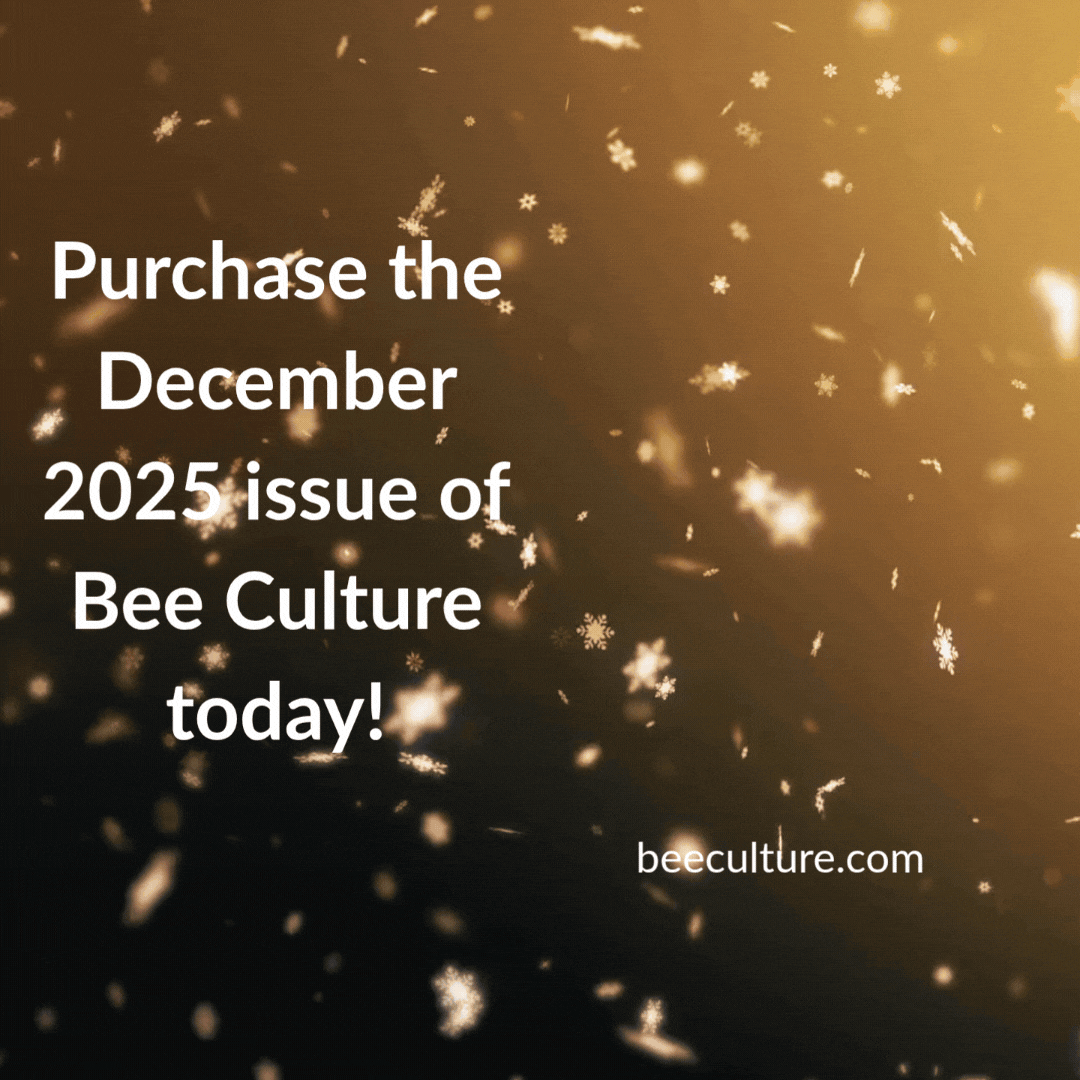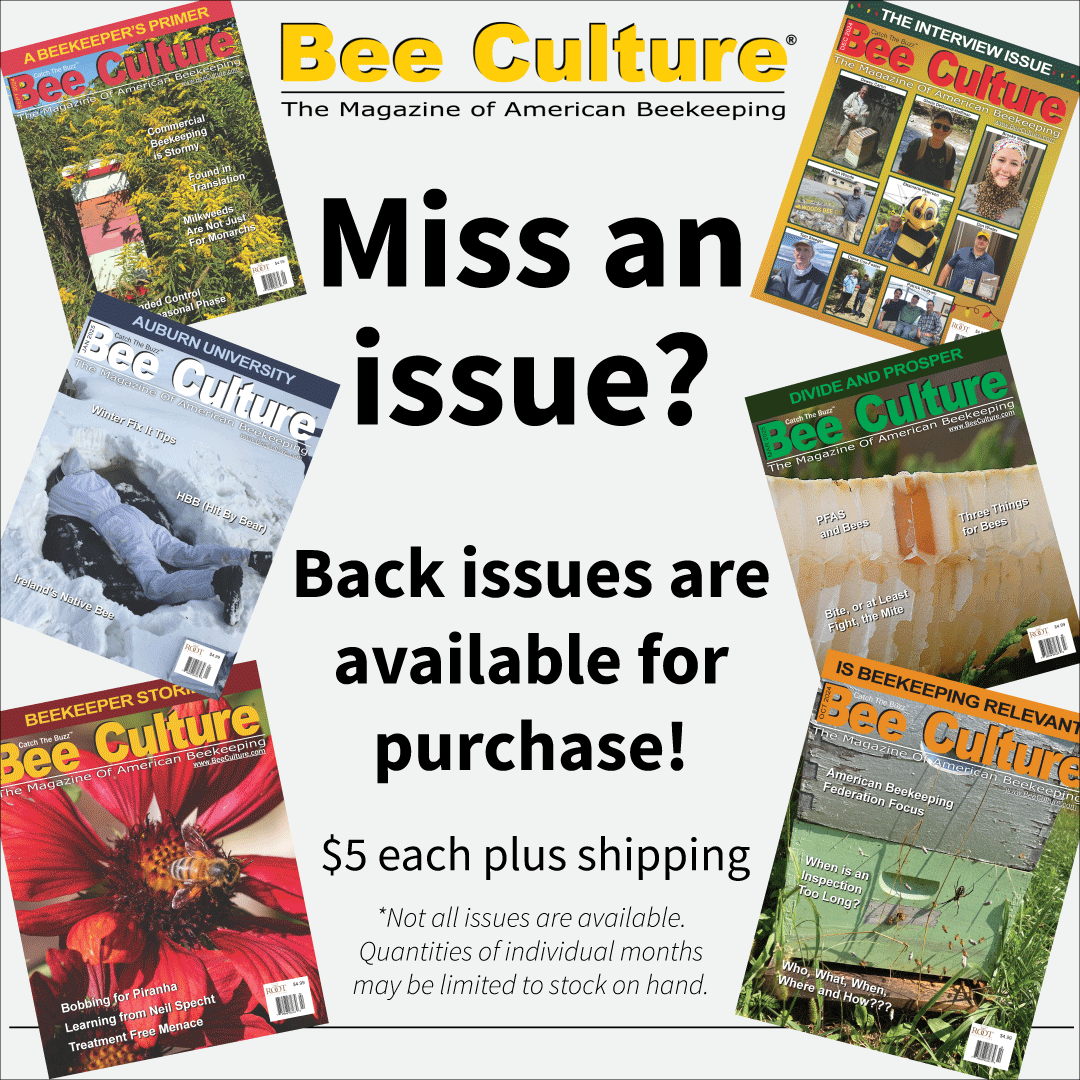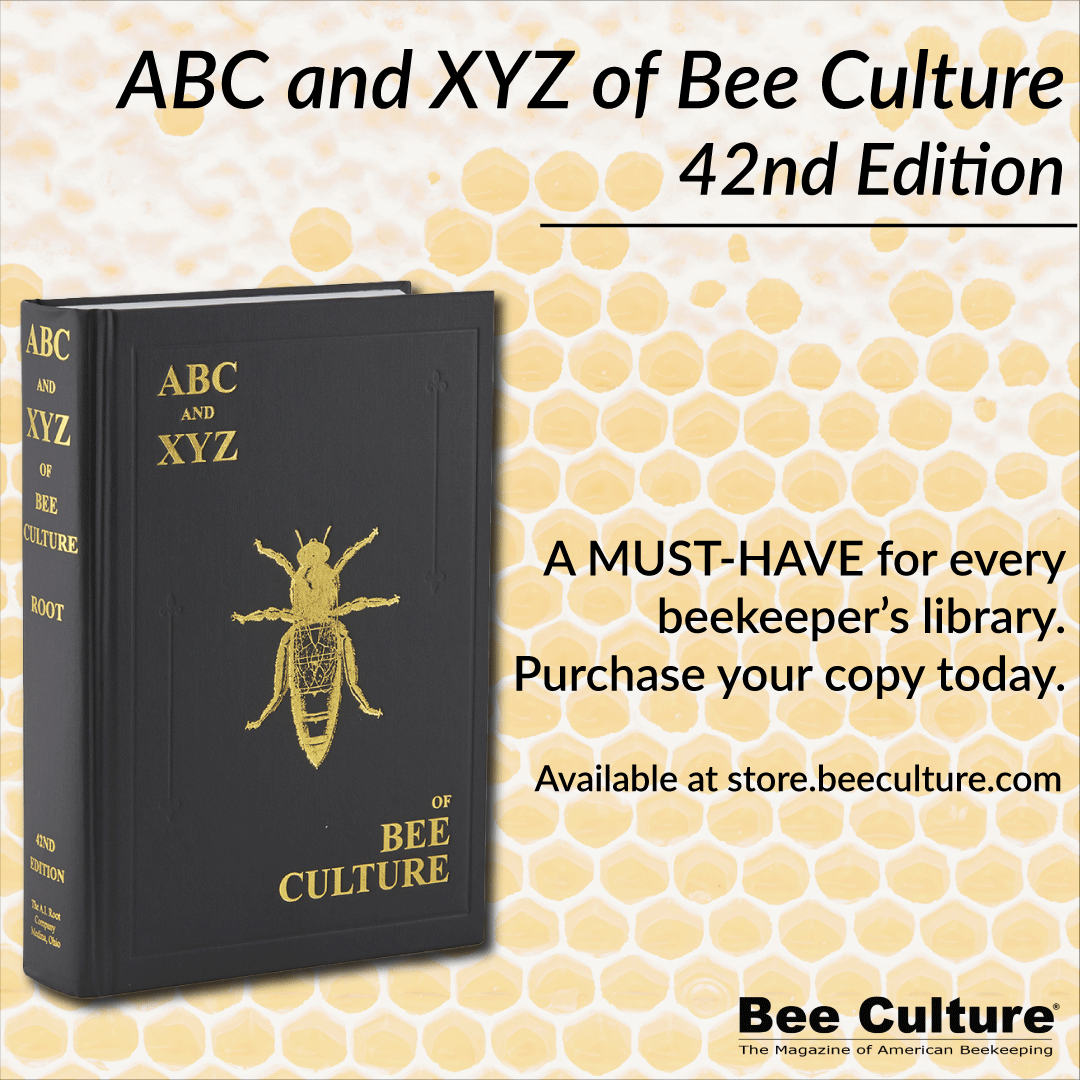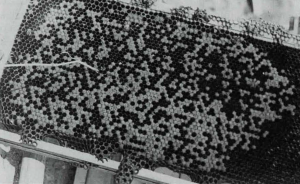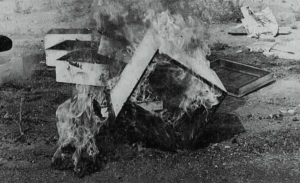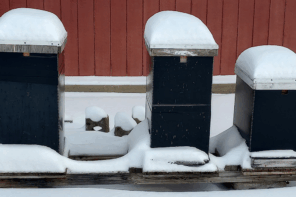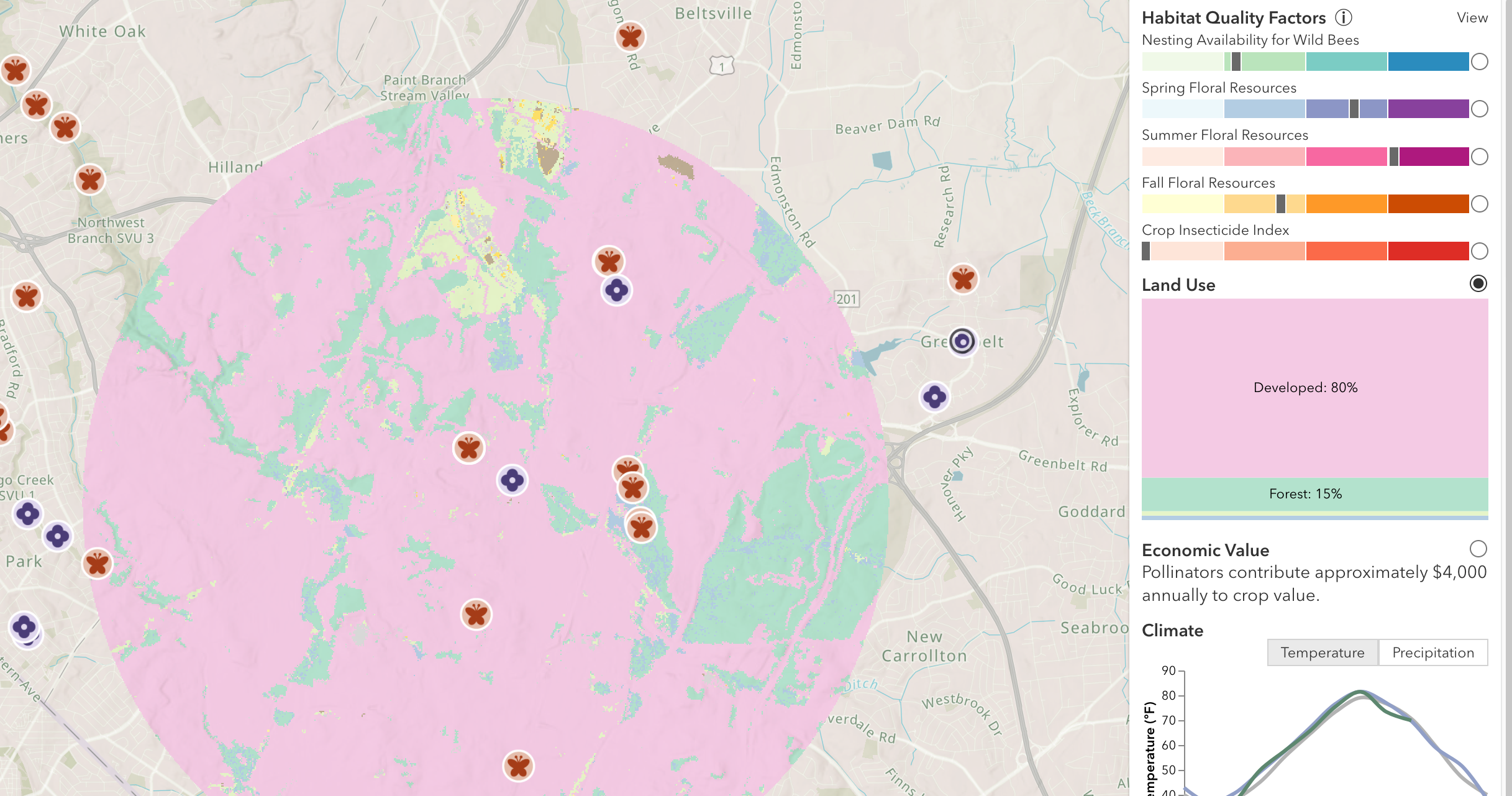By: Roland O. Reed
This article originally appeared in the Autumn 2016 issue of BEEKeeping Your First Three Years
My first hive was a Langstroth hive. At age 14 (and a proud 4H beekeeper) I thought I was the only person in my county with such a fine hive, that is, until I took it home and suddenly discovered there were five neighbors within a mile that were also in the beekeeping business. It is amazing how you don’t notice white bee hives along fence lines until you get your own bees.
Of course, as a kid I didn’t realize that one hive would grow into two and two into four and next thing I knew I had 60 colonies as I finished high school. My parents really put up with a lot of my beekeeping growing experience. This was in State College, Pennsylvania. We lived seven miles out of town at the base of Bald Eagle Mountain. I produced about a ton and a half of honey, packaged it in one-half, 1 and 2 pound jars and 12 ounce bears and marketed my crop in seven small country stores in the local area under the brand name of Sunshine Honey. For a young kid, I did pretty well.
In college I took several beekeeping courses and worked with Professor E.J. Anderson in Penn State’s beekeeping program. He was mentioned in ABC and XYZ (the bible of beekeeping) as the person who discovered the need for a ventilation hole placed in the top wintering super in cold climates. His recommendation and that of the Pennsylvania State Apiarist W.W. “Bill” Clarke lead to my being a State Bee Inspector at age 19 when I looked to be about 12 years of age. I’m 76 now.
Back in the late 1950’s, old time beekeepers didn’t like inspectors looking at their bees because American Foulbrood was so prevalent and we burned hives when we found it. As a young person who shaved only once a week (did I tell you I was 19 years old), the old timers had little faith in my “book learning” about beekeeping. They asked where I learned about bees and if I had ever kept bees or even had some. I’d answer, “Yea, in school and I have a few hives”. I always got a reply like “how many you got, kid?” When I said sixty, they would settle down a little bit.
Looking young did not help me. We always encouraged the beekeeper to join us in our inspections so they could see what we saw. This was important in the event there was Foulbrood in the box. Their love for inspectors was often demonstrated when they would “help me” open the hive. Sometimes they would run right up to their hive and kick it. Did I mention inspectors burned hives with American Foulbrood?
Of course the bees were not happy and would come rushing out to see what all the commotion was all about. The bees would fly out about ten to fifteen feet from the hive and start circling to protect the boundary of their hive. The beekeeper after kicking the hive would back off about ten to fifteen feet to watch the fun. About this time, I’m standing directly over the hive but the beekeeper was getting bumped into by the bees searching for the reason for the big bangs on the side of their hive. They would bump into the beekeeper.
The next thing I knew, he would be swinging at bees and running to the house. I’d wait about twenty seconds and then open the hive comfortably.
Then there was the time the county map I was using to find the beekeepers showed a beekeeper just down a dirt road a mile but I had to cross a ford. A ford was not an automobile; in this case it meant a small river or stream that a person could easily cross with a depth of usually four to six inches of water. On paper it looked really good. Unfortunately, about half way across the sixty foot wide stream the water came rushing over the hood of the car. And of course, in a split second (because that is I all I had), I asked that famous (Dirty Harry) movie quote, “What do you do, (punk)?” I floored it and got up the bank on the other side only to discover about a hundred feet up the road (trail) and around the curve was blocked with downed trees. I had to back my way back across the ford. What fun.
Then there was the time I went to inspect bees where the beekeeper had died a few years earlier. I could tell his bees had not been tended to because I had to hack my way through the blackberry briar patch to get to the hives (one had a sapling growing through it) just to get the covers off. There was foulbrood throughout and several other inspectors helped for three days as we dug holes and burned 22 diseased colonies because the family forgot all about the bees when grandpa died.
It was fun to be an inspector. I learned as much or more about people of all ages and the way they kept their bees. It certainly saved me time in learning tricks and techniques that saves me time, keeps the bees happy and doing their jobs and makes for effective management producing quality results.
Times have changed, we all have gotten older and hopefully smarter, but we enjoy our bees whether we raise them for honey, pollination, raising bees or queens, wax, pollen collection, propolis scrapings or just watching and listening to the sound of mother nature doing her thing. Listen to the buzz. Enjoy.
Roland O. Reed was a Pennsylvania State Bee Inspector from 1959 to 1962, has been keeping bees for over fifty years, and is the inventor of the Modern Top Bar Hive which can be seen on the web site: Moderntopbarhive.com



